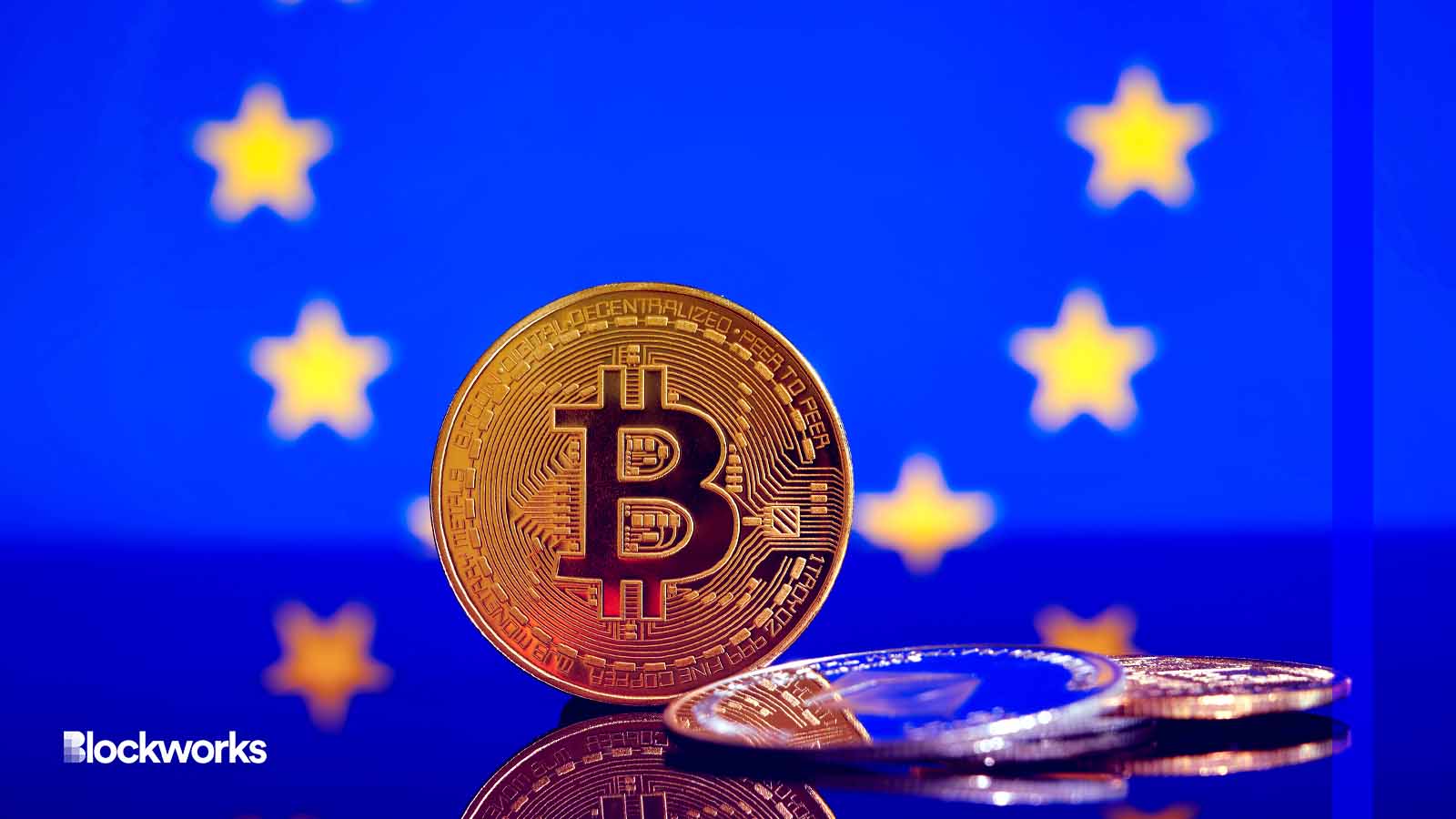The Markets in Crypto-Assets regulation was fully implemented across Western Europe by the end of 2024, after certain provisions took effect in June 2023. At its heart, MiCA is a broad legal framework created by the European Union to regulate crypto-assets and related services. Companies most affected by this include crypto asset service providers and crypto asset issuers, including those operating with stablecoins.
At first, most crypto outlets had assumed MiCA was merely a topic for coverage. Readers wanted to follow the latest developments, understand the pros and cons of the regulation, and become better informed. But once MiCA became law, media platforms found themselves subject to the same rules and regulations. Indeed, many outlets publish sponsored content or promote digital assets, placing them in the new regulatory spotlight.
In January, the European Securities and Markets Authority released draft guidelines requiring media to include clear risk disclaimers and stricter editorial guardrails on crypto-related content. These rules also apply to editorial-style crypto content, which now has to meet stricter transparency requirements.
The ESMA guidelines played an important part in reshaping the editorial landscape for crypto outlets. They required articles to include risk disclaimers while avoiding language that could be perceived as investment advice, except in the extremely rare cases where the platform and author were already licensed to provide such advice.
For many publishers, this was an unwelcome shift in editorial practices. Editors had to rethink how content discussing crypto assets could be presented to readers. Failure to get this right means outlets can in theory feel the full force of MiCA’s enforcement, resulting in legal and/or financial challenges.
For the most part, MiCA’s soft rollout resulted in the necessary changes. Publishers faced new pressure to adapt quickly and adjust editorial strategies. The uncertainty surrounding MiCA’s implementation created significant psychological stress across the crypto media landscape. Publishers, unsure of the scope of the regulation and its enforcement, found themselves hesitating to publish valuable content while second-guessing otherwise standard editorial decisions.
The uncertainty and operational challenges mentioned earlier weren’t just stress factors; they had tangible consequences – as highlighted in Outset PR’s Q1 2025 report on the state of Western Europe’s crypto news portals, which followed their earlier analysis of crypto media trends in LATAM.
The recent research by this data-driven crypto PR agency, powered by SimilarWeb, shows that publishers weren’t just adjusting content, but also struggling with a significant drop in visibility and audience engagement, clearly illustrating the real pressure they faced under MiCA’s soft enforcement, compounded by other factors like market turbulence amid a geopolitical escalation, algorithmic penalties, and shifting advertiser behavior.
Q1 traffic trends across Western Europe’s crypto-dedicated media, sourced from Outset PR
MiCA’s Soft Enforcement
Operationally, the new regulation immediately forced crypto media to adapt and recalibrate. Editors and site owners began reassessing everything from how they label sponsored articles to the phrasing of headlines, especially click-bait style headlines that attract a lot of traffic, which might be construed as financial advice. In some countries, the effect was felt and impacted the financial performance of the outlet: algorithms and advertisers responded to the shifting risk environment even before regulators issued any fines.
One immediate impact was on search visibility and content strategy. Reports emerged of Google demoting content from sites deemed to be “unlicensed” or too closely tied to crypto promotions. Obviously, this reflects a cautious stance toward anything that might fall under MiCA’s scope. At the same time, advertisers were concerned. Crypto platforms cut back on marketing spend or demanded more compliance assurances from publishers. The result was a stealth contraction in editorial reach and revenue, as crypto outlets toned down speculative content and scrambled to add legal disclaimers to articles and social media posts.
The introduction of MiCA also meant that crypto media had to address their relationships with advertisers. Many outlets that relied on crypto-related advertising saw a reduction in demand, as advertisers sought to mitigate risk by pulling back on their campaigns or moving to more compliant platforms. The uncertainty surrounding MiCA also forced publishers to quickly come up with contingency plans to continue operating despite the financial impact of reduced advertising revenue.
France vs. Germany: Transparency vs. Crackdown
Country-by-country breakdown of MiCA’s effect on Western Europe’s crypto media, sourced from Outset PR
France took a more friendly approach to enforcing MiCA regulations by focusing on transparency and clear disclosures rather than penalizing crypto news outlets. This may have been the correct approach from the legal point of view, as many publishers still struggled to cope with new regulation. Most French-based crypto sites faced challenges in other areas. Ouset PR’s data shows that around 72% of outlets saw a dip in traffic during early Q1 2025, coinciding with Google’s algorithm changes.
However, France also saw signs of early adaptation. A handful of outlets introduced MiCA-aligned labels on content and even expanded to multilingual formats to broaden their audience. By March, some French platforms like Blockchain France and InvestX showed modest recoveries, suggesting that a willingness to cooperate with new compliance rules was in everyone’s best interest while quality adjustments were paying off.
Germany, by contrast, demonstrated a more aggressive enforcement posture. The financial regulator BaFin issued stark warnings as early as February, cautioning media platforms against “investment-like promotion without a license.” After that, 61% of German-language crypto outlets suffered major traffic losses, representing a steep regional decline. Sites like Coin-Update and Krypto Magazin saw their visitor counts slashed in half.
Even large international brands weren’t spared. The German edition of Cointelegraph saw its traffic plunge by over 60%. While about half of these sites saw a mild rebound in March as they added better disclaimers or adjusted content, Germany’s Q1 story was mostly one of contraction.
Roughly one out of four German-focused crypto outlets managed to grow their audience over the quarter. The winners were mostly limited to those that had strong backing or took early compliance measures.
The contrast is telling: French regulators provided a reasonable amount of breathing room for media adaptation, while German authorities cracked down hard and fast. Yet one thing was clear for crypto media: MiCA is a reality, and there is no guarantee that other nations will face gentle nudges or strict enforcement.
Outset PR’s Q1 Report: 4 in 5 Crypto Outlets Lost Visibility
Outset PR examined the performance of 133 crypto-covering outlets across Western Europe. According to the report, approximately 82% of regional crypto-native outlets saw their visibility collapse in the first quarter.
The downturn was seen across all nations, ranging from the United Kingdom to Italy. Total visits across these sites fell from about 26.6 million in January to 22.2 million in March, a 16% plunge in local crypto media traffic.
Q1 crypto media traffic dynamic across Western Europe: data sourced from Outset PR
Outset PR’s data suggests several factors are at play although regulatory pressure was indeed at the forefront. Many outlets struggled under new compliance obligations, from adding risk disclaimers to avoiding certain “trigger” keywords that might attract friendly or not so friendly regulatory attention. This often made their content less engaging or timely, costing them eyeballs as readers aren’t interested in subpar content.
Their report also shows that Google’s core algorithm update in March 2025 hurt sites with undifferentiated or low-quality content. Many smaller crypto blogs fall under this category as they had seen prior success in churning out similar market news. MiCA’s rollout also likely served as a signal in these algorithms to scrutinize crypto-related content more carefully, further suppressing borderline sites.
Advertisers also felt the impact. When over 80% of an industry’s outlets lose traffic, crypto businesses that rely on marketing were in trouble. Some startups paused their PR campaigns, fearing diminished returns or regulatory backlash. Others shifted focus to larger, mainstream financial outlets that were seen as safer havens for exposure. In fact, general finance and investment websites that don’t focus exclusively on crypto are subject to MiCA only indirectly, and many even grew their crypto coverage traffic during Q1.
Still, the niche crypto press was hit hardest. Larger outlets with diverse content portfolios, global audiences, and robust SEO standings weathered the storm better.
MiCA Revealed the Gap Between Presence and Preparedness
MiCA may have catalyzed the shift, but it wasn’t the sole driver. Western Europe’s crypto media found itself at the intersection of market volatility, regulatory evolution, algorithmic upheaval, and structural fatigue. Many outlets didn’t just fail to comply — they failed to adapt, innovate, or differentiate in a landscape that suddenly demanded all three.
If anything is clear from the first quarter of 2025, it’s this: crypto media in Europe isn’t just facing regulation — it’s facing a reckoning. The next era will belong to publishers who meet that moment with clarity, flexibility, and real strategic depth.

































